
Category: bioengineering – Page 198

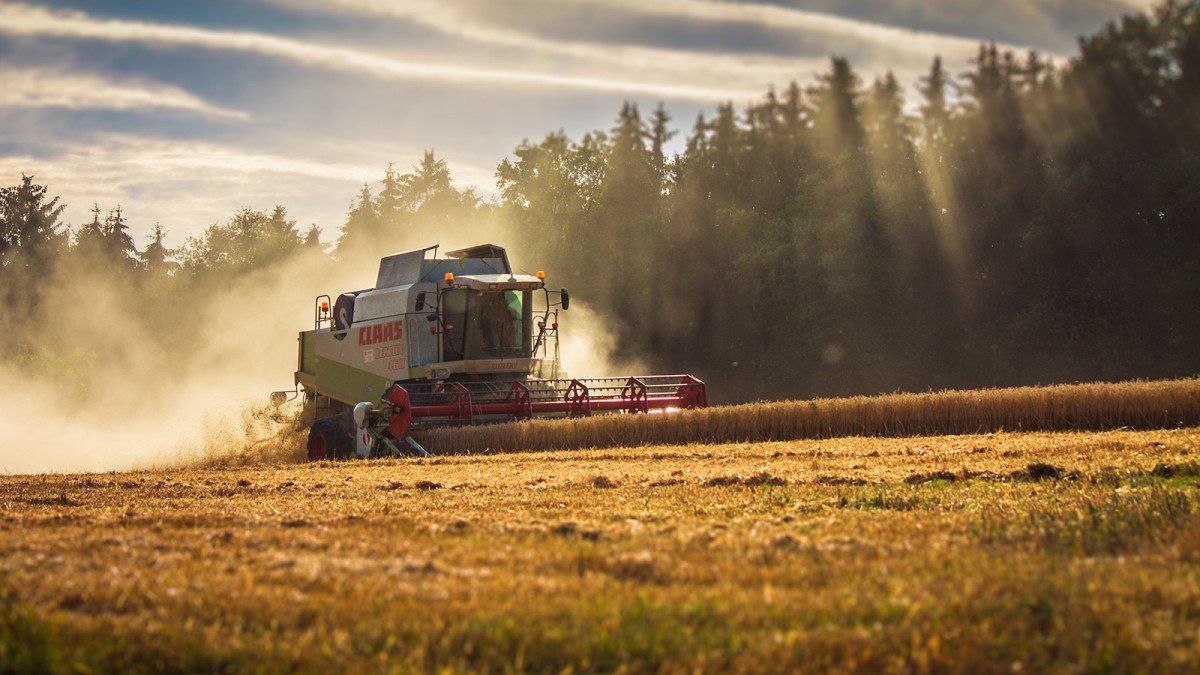
CRISPR plants won’t be regulated
In a big win for the biotech industry, the US Department of Agriculture says once and for all it won’t regulate plants whose genomes have been altered using gene-editing technology.
Why it’s a field day: The decision means that we could see a boom in newfangled plants from firms like Monsanto, universities, and startups like Calyxt, whose oil-altered soybeans featured in our cover story late last year.
Here’s the logic: The USDA says gene editing is just a (much) faster form of breeding. So long as a genetic alteration could have been bred into a plant, it won’t be regulated. That includes changes that create immunity to disease or natural resistance to crop chemicals, as well as edits to make seeds bigger and heavier. It doesn’t include transgenic plants (those with a gene from a distant species)—those will still be regulated.
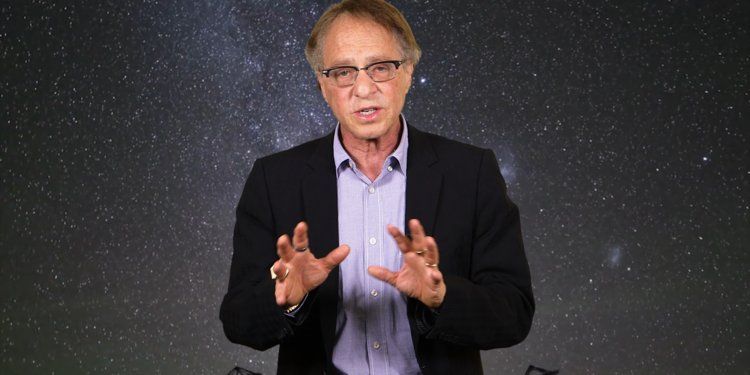
Google futurist and director of engineering: Basic income will spread worldwide by the 2030s
- Basic income will be widespread by the 2030s, according to Google futurist and director of engineering Ray Kurzweil.
- Kurzweil is known for making seemingly wild predictions. In 2016, he predicted that by 2029, medical technology will add an extra year to human life expectancies on an annual basis.
- ” We’re going to have more and more powerful technology to keep our physical bodies going. We’ll think, ‘Wow, back in 2018, people only had one body, and they couldn’t back up their mind file,’” he said onstage at TED.
As it becomes apparent that artificial intelligence will replace ever-more jobs in the coming years, a growing number of politicians, nonprofits, and Silicon Valley entrepreneurs have started thinking about how we’ll cope with a world in which not everyone can — or needs to — work.
Basic income experiments, in which people are given a regular salary just to live, no strings attached, are popping up all over Europe, Africa, and North America.

Breakthrough brings gene-editing medicine one step closer to patient applications
Imagine a future where a guided biomachine put into your body seeks out defective gene sequences in each cell and edits in the correct information with precision accuracy.
It’s called gene editing, and University of Alberta researchers have just published a game-changing study that promises to bring the technology much closer to therapeutic reality.
“We’ve discovered a way to greatly improve the accuracy of gene-editing technology by replacing the natural guide molecule it uses with a synthetic one called a bridged nucleic acid, or BNA,” said Basil Hubbard, Canada Research Chair in Molecular Therapeutics and an assistant professor in the U of A’s Department of Pharmacology, who led the study.

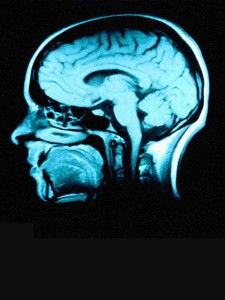
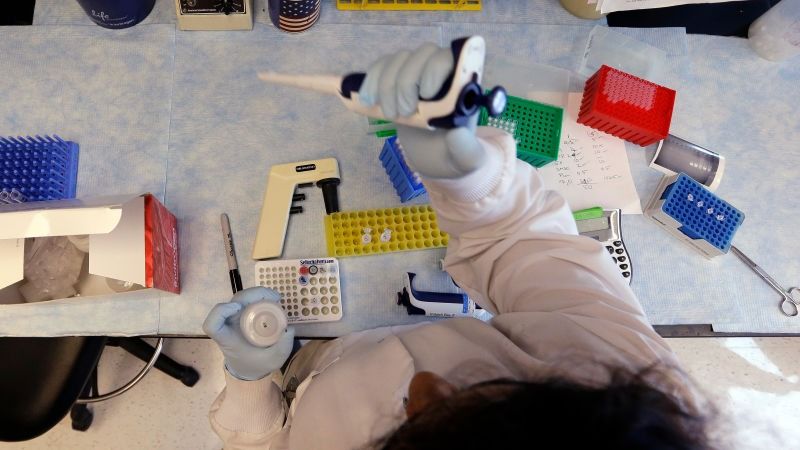
Scientists Edit Thousands of Genes at Once With Upgraded CRISPR
When the gene-editing technology CRISPR first made a splash back in 2012, it foretold a future in which curing diseases might simply involve snipping out problematic bits of genetic code. Of course, innovation is rarely so straightforward. As incredible as CRISPR is, it also has some pretty sizable flaws to overcome before it can live up to its hype as a veritable cure-all for human disease.
A new study published this week in the journal Nature Genetics tackles one CRISPR complication. CRISPR gene-editing systems can easily cut many pieces of DNA at once, but actually editing all those genes is a lot more time-consuming. Now, scientists at UCLA have come up with a way to edit multiple genes at once.
When scientists use CRISPR for genetic engineering, they are really using a system made up of several parts. CRISPR is a tool taken from bacterial immune systems. When a virus invades, the bacterial immune system sends an enzyme like Cas9 to the virus and chops it up. The bacteria then adds short bits of virus DNA to its own code, so it can recognize that virus quickly in the future. If the virus shows up again, a guide RNA will lead the Cas9 enzyme to the matching place in the virus code, where it again chops it up. In CRISPR, when that cutting is done, scientists can also insert a new bit of code or delete code, to, for example, fix disease-causing genetic mutations in the code before patching it up. But delivering that new code and making the patch is where it can get especially tricky.
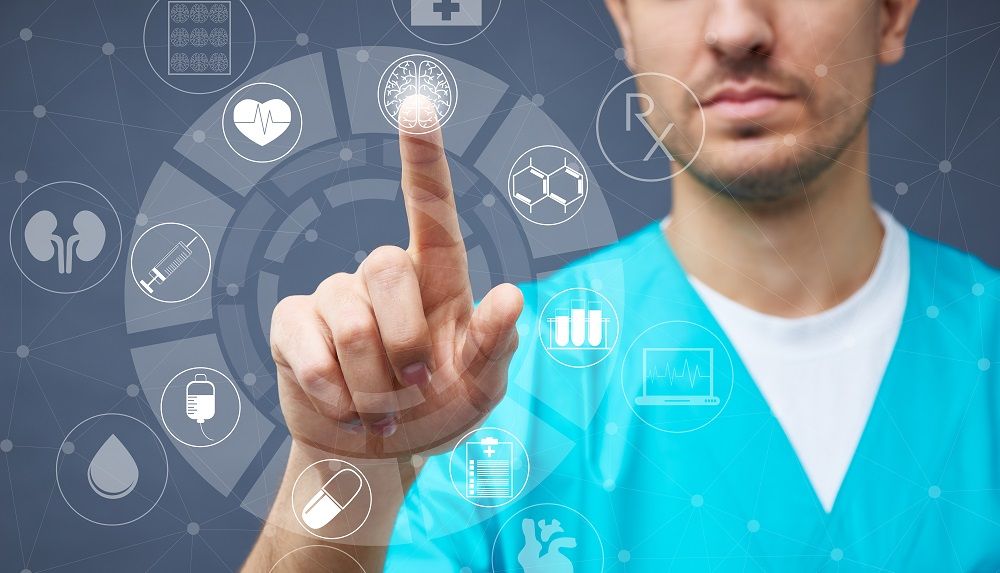
7 Revolutionary Medical Technologies
Glow-in-the-dark tumors for cancer detection, and cryopreservation of organs are among the seven breakthrough technologies researchers announce.
Glow-in-the-dark cancer tumors, cryopreservation of organs and a vaccine patch are among the seven breakthrough medical technologies announced by researchers in a March 2018 release. [This article first appeared on LongevityFacts. Author: Brady Hartman. ]
Glow-in-the-dark cancer tumors, alcohol tattoos, MRI coils, a malaria pill, tracers that light up prostate cancer, cryopreservation of organs and a needle-free vaccine patch are breakthrough medical technologies sponsored by the National Institute of Biomedical Imaging and Bioengineering (NIBIB) and showcased in March of 2018.

‘A last line of defense’: IBM lab designs molecule to kill drug-resistant superbugs
Hedrick’s close call inspired his research team to design a new molecule, called a polymer, that targets five deadly types of drug-resistant microbes and kills them like ninja assassins. Their research, a collaboration with Singapore’s Institute of Bioengineering and Nanotechnology, was reported recently in the journal Nature Communications.
If commercialized, the polymer could boost the fight against “superbugs” that can fend off every antibiotic that doctors throw at them. An estimated 700,000 people worldwide die every year from these untreatable infections.

Synthetic biology companies raised over $650 million in Q1, setting the pace for another record-breaking year
In 2017, synthetic biology companies raised a record amount of funding – just over $1.8 billion for fifty two companies – driven mostly by several multi-hundred million dollar deals. This was a 50% increase over the previous year, a pace of growth that indicated an intense interest in the field from outside investors. It seems that this interest has only intensified since then, as 27 companies raised $650 million in funding during the first quarter of 2018, which is double the activity of the first quarter of 2017. At this rate, the field is on track to raise over $2.4 billion with over 100 companies being funded, which would be a record for both statistics.

The companies raising money in 2018 are pursuing a broadly diverse set of applications from all sections of the synthetic biology technology stack. Many companies are developing products that will eventually end up in the hands (or bodies) of everyday consumers, but others are making the tools and reagents that will empower the whole field to become more productive. It is important that all of these types of companies exist in order to build a healthy industry ecosystem.